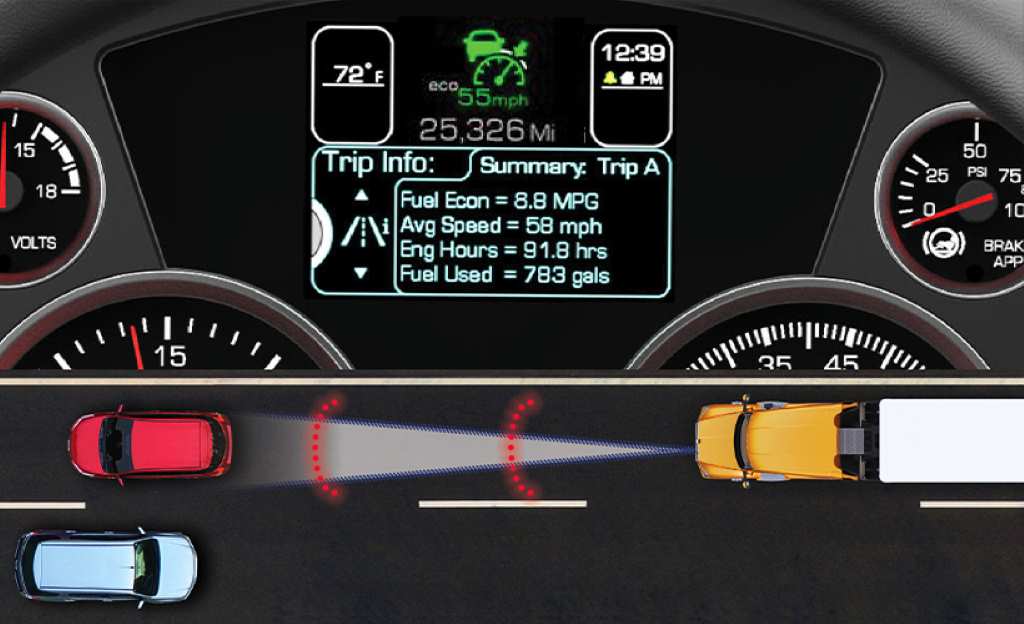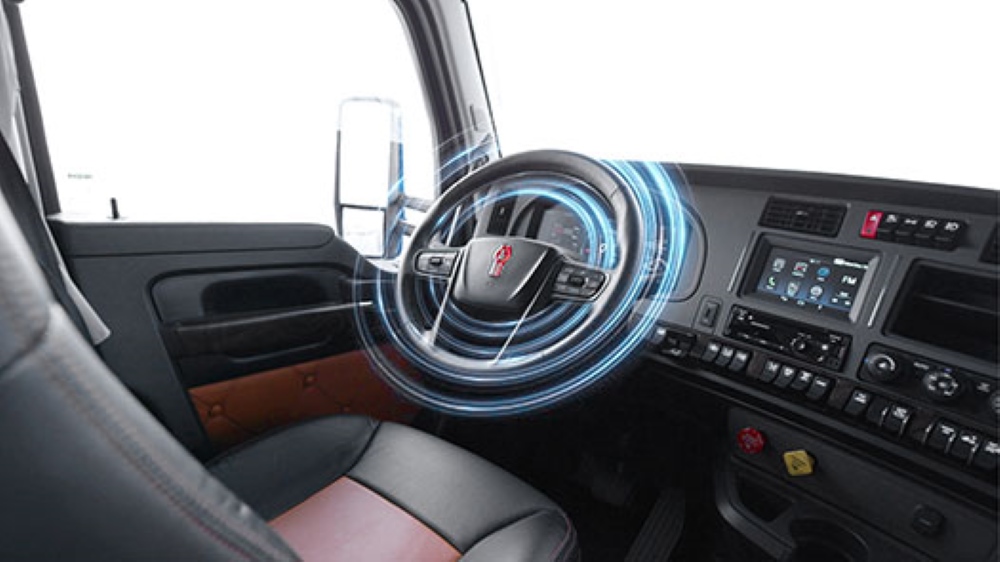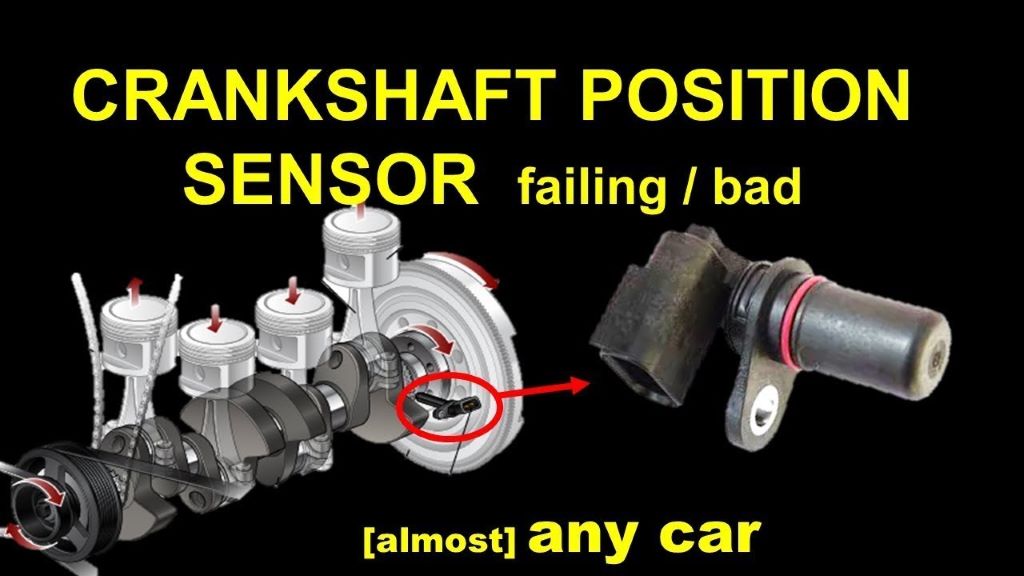The Kenworth T680 is a powerhouse in the trucking industry, equipped with advanced safety features like the Collision Mitigation System (CMS). While designed to enhance safety, there may be instances where drivers need to temporarily disable the CMS. This guide offers a detailed walkthrough of the process, catering to both novice and experienced Kenworth T680 users.
Understanding the Collision Mitigation System (CMS)
The CMS, a sophisticated collision detection system leveraging radar technology, is designed to swiftly identify potential collisions. By alerting the driver and, when deemed necessary, autonomously applying brakes, it significantly reduces the risk of accidents. However, certain scenarios, like executing specific maneuvers or encountering false alarms, may require disabling the CMS for optimal control.
For instance, when maneuvering through tight spaces or during maintenance checks, temporarily deactivating the system could prove beneficial. Remember, safety remains paramount, and drivers should carefully assess when to engage or disengage the CMS. If you’re interested on the Kenworth T680 fuel capacity, Check out for more details.
Methods to Disable the Collision Mitigation System
There are several ways to disable the CMS on your Kenworth T680, each with varying degrees of complexity and effectiveness:
- Temporary Disable Switch: Some newer Kenworth T680 models come equipped with a temporary disable switch, typically located on the dashboard or steering column. Consult your owner’s manual for its exact location and operation. Activating this switch will temporarily disable the CMS until it is manually re-enabled or the engine is restarted. Ensure to also look after the windscreen and its maintenance.
- Fuse Removal: Locate the fuse box, usually under the dashboard or hood. Refer to your vehicle’s documentation to identify the specific fuse associated with the CMS. Carefully remove this fuse to disable the system. Remember to reinstall the fuse to re-enable the CMS.
- Diagnostic Mode: This method involves accessing the truck’s diagnostic mode through a combination of button presses on the instrument panel or steering wheel controls. Detailed instructions for this procedure can often be found in online forums or service manuals specific to your model year.
- Software Configuration: Dealerships or specialized technicians can adjust the software settings to permanently disable or modify the CMS behavior. This option is recommended for drivers who frequently encounter situations where the CMS hinders their operations.
Important Considerations and Safety Precautions
Before proceeding with any of the aforementioned methods, it is crucial to prioritize safety:
- Understand the Risks: Disabling the CMS removes a crucial safety feature. Be prepared to take full responsibility for avoiding collisions while the system is disabled.
- Park Safely: Perform the disabling procedure in a safe, stationary location to avoid accidental activation of the brakes.
- Consult the Manual: Always refer to your Kenworth T680 owner’s manual for model-specific instructions and safety guidelines.
- Seek Professional Help: If you’re unsure about any step, don’t hesitate to contact a qualified technician for assistance.
When to Disable the Collision Mitigation System
There are legitimate reasons for temporarily disabling the CMS:
- Specific Maneuvers: Backing up a trailer or navigating tight spaces might trigger false alarms from the CMS.
- Off-Road Driving: On unpaved roads or rough terrain, the CMS might misinterpret bumps and obstacles, leading to unnecessary braking.
- Maintenance: Disabling the CMS might be required for certain maintenance procedures.
Additional Tips and Troubleshooting
- If you experience frequent false alarms from the CMS, consider adjusting its sensitivity settings or seeking professional calibration.
- Keep a record of any changes you make to the CMS settings for future reference.
- Be aware of local regulations regarding the use of safety features like the CMS.
Remember, disabling the CMS is a decision that should not be taken lightly. Always prioritize safety and exercise caution while operating your Kenworth T680.
By following this comprehensive guide and adhering to safety precautions, you can effectively manage the Collision Mitigation System on your Kenworth T680, tailoring its operation to suit your specific needs and driving conditions.





